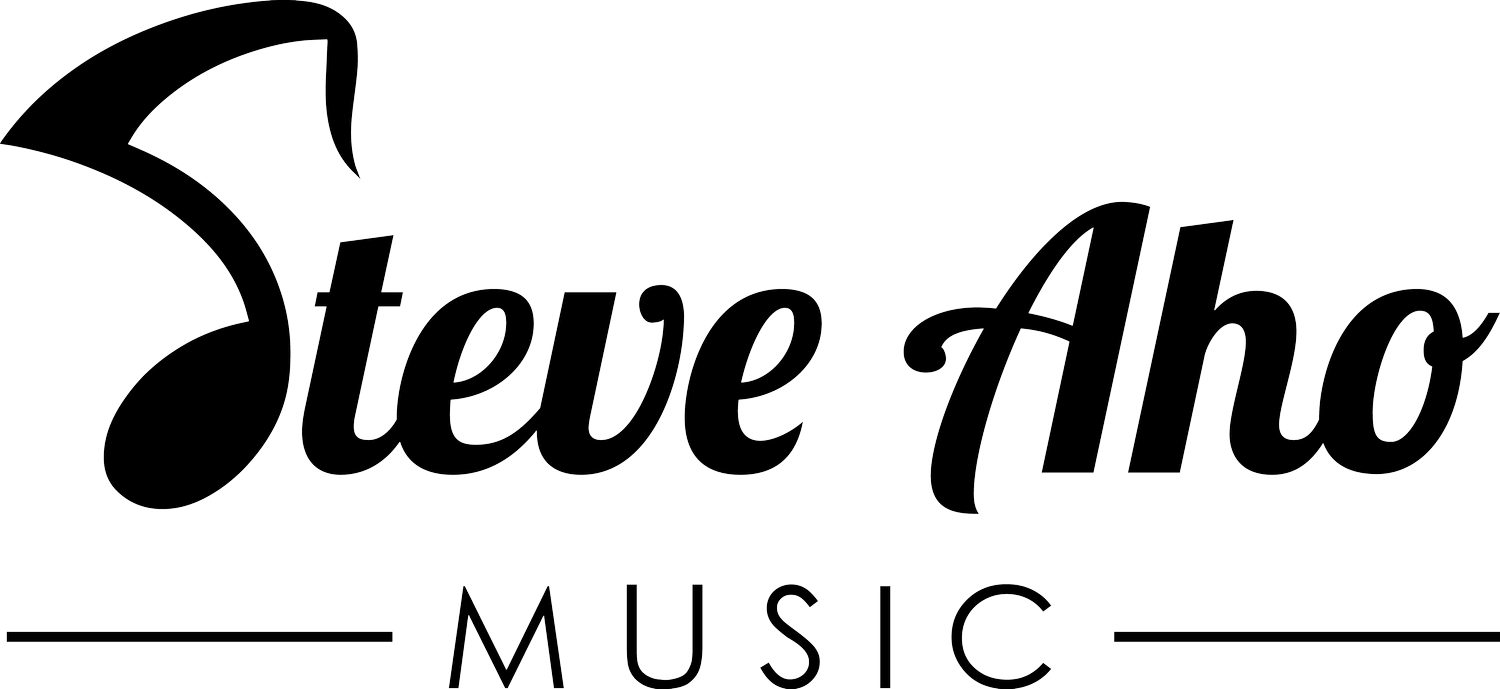salzburg: music engraving in the 21st century
highlights from the music engraving conference in salzburg, austria, january 17-19, 2020.
I found out about the conference somewhat at the last minute thanks to an email I received from Scoring Notes. Since I wasn’t planning to attend the Winter NAMM — with all of its fantastic chaos — I was thrilled at the opportunity to go to Salzburg instead — a mere 4-hour train ride for me.
elaine gould
The conference itself took place in the bottom level of the Mozarteum at the University of Salzburg. The keynote speaker was Elaine Gould, but due to a broken ankle, she was unable to physically attend the conference and instead gave her presentation via video chat. Despite this, her talk did not disappoint, and she introduced a number of topics that later led to some lively debates during the Q & A. Some topics she touched on were:
Proper use of spacing — both horizontally across systems and within measures, and vertically across the page
Staff size (which is often too small)
Clef changes, especially in cues. Contrary to common practice, use of unfamiliar clefs is not always ideal
When and when not to use repeats
Proper notation of tuplets
Clean, minimal layouts for parts
One of her more controversial topics involved notation that she felt was unnecessarily confusing and unclear. She cited numerous examples and included excerpts from Ligeti’s Continuum, Bryer’s String Quartet No. 1, and MacMillan’s Veni, Veni, Emmanuel. She then (scandalously, and to the horror of some purists) re-notated some of the examples in a way that she felt was much clearer and would ultimately lead to better performances (I agree). The notion that composers might intentionally (and unnecessarily) make their music visually complex was also discussed and debated to a certain degree.
Her message was clear: the primary purpose of music notation is to provide musicians with instructions. Dense, unclear notation is confusing and wastes rehearsal/practice time. Far too often, rehearsals are spent rehearsing the geography of a piece rather than how it should be performed.
dorico
Daniel Spreadbury’s presentation on the new Dorico 3.1 update was excellent as expected. As a relatively recent convert to Dorico, I was especially looking forward to seeing some of the new features demonstrated in real time. The 3.1 update was released just the day before the conference so I hadn’t had much time to look through the new features beforehand. Since Scoring Notes has already covered the Dorico update quite extensively, here are a couple of things that struck me as particularly interesting during Daniel’s presentation.
Condensing is even more awesome than it was in version 3. It is highly customizable and is absolutely going to save me from the many hours of otherwise tedious work I would have to do tp prepare a score on other platforms.
Parts for section players (like a violin section) can’t condense (yet). I look forward to when this feature becomes available. For the moment, divisi parts are still a bit less efficient than they could be.
Building a percussion kit within a single part enables you to put everything on a single staff.
Dorico can “suggest” cues for all instruments in the score at logical positions following long rests. However, I still need to dive into this feature more to really see how it works.
You can do vertical splits of window panes to enable simultaneous work on multiple layouts.
As serendipity had it, I was fortunate enough to hang out with Daniel Spreadbury and a few other seasoned music engravers over dinner and drinks. During the course of this evening I learned so many interesting things about the making of Dorico and about Daniel’s previous many years with Sibelius, all of which make give me an even deeper appreciation for the incredible skill, hard work, and dedication that he and the rest of the Dorico team have behind their creation. And, on top of that, Daniel is a super nice guy!!
Other interesting talks I attended at the convention included:
History of Music Notation (Werner Lemberg): a condensed history of notation from the oldest available sources to present day.
On becoming visible (Werner J. Wolff): professionalism, innovation, perspectives in the industry.
Are we digital yet? (Thomas Weber): workflow and modern techniques of digitization
Blockchain technology for long-term preservation of engraved music (Tassos Kolydas): I was not expecting to find this talk so interesting, but it turned out to be a fascinating and somewhat controversial talk about using blockchain technology to timestamp digital content for the purposes of establishing proof of creation / copyright.

